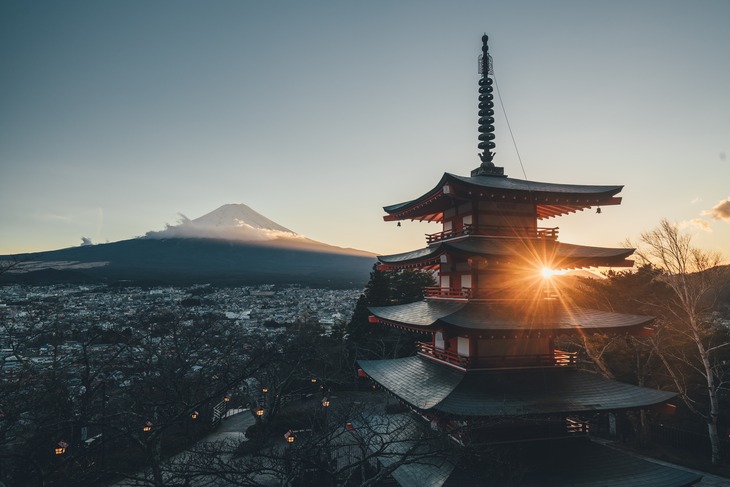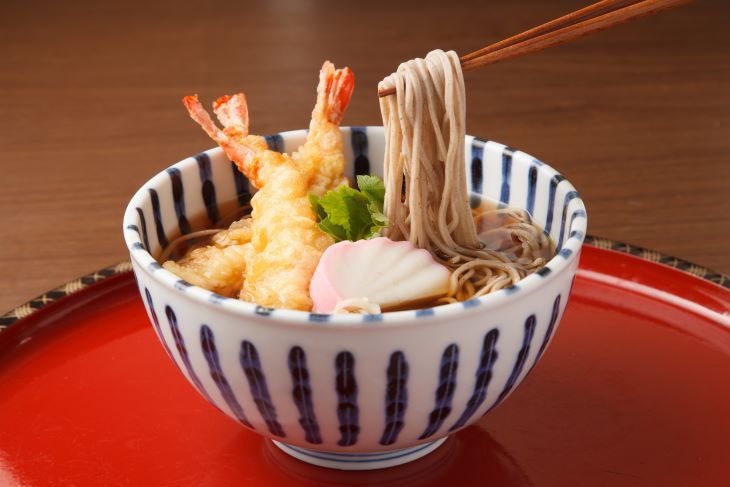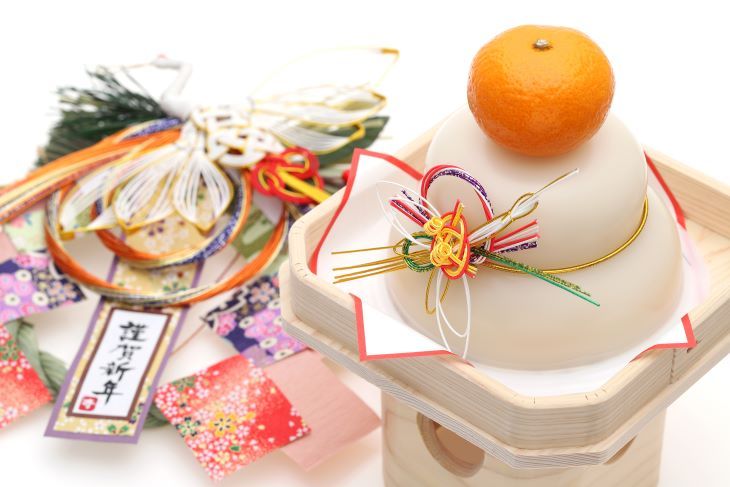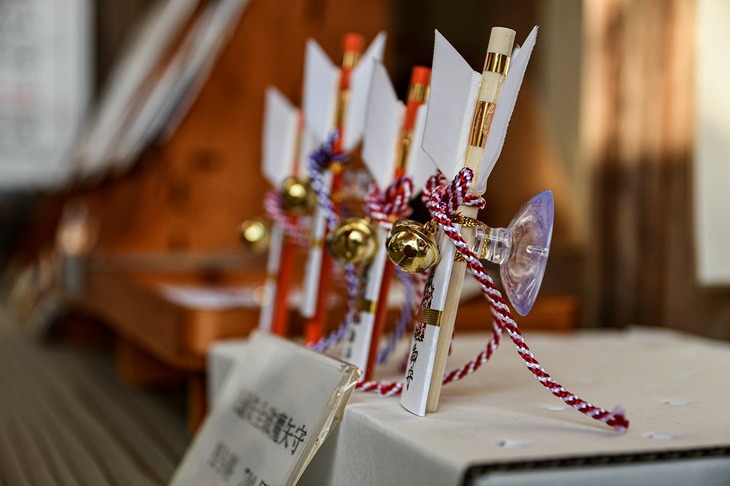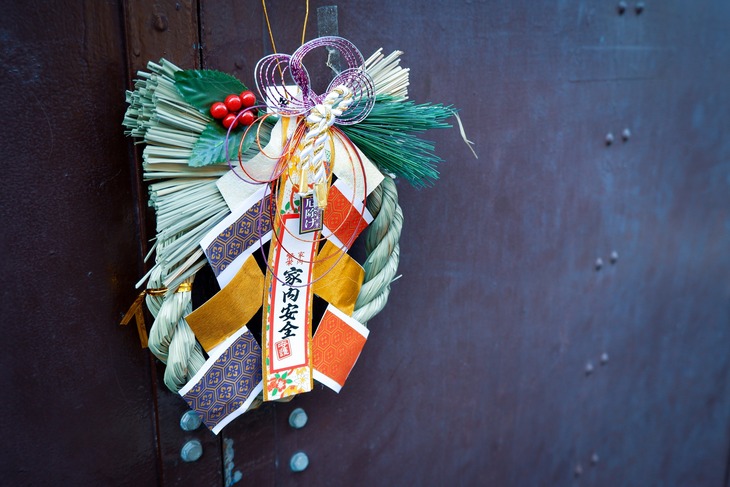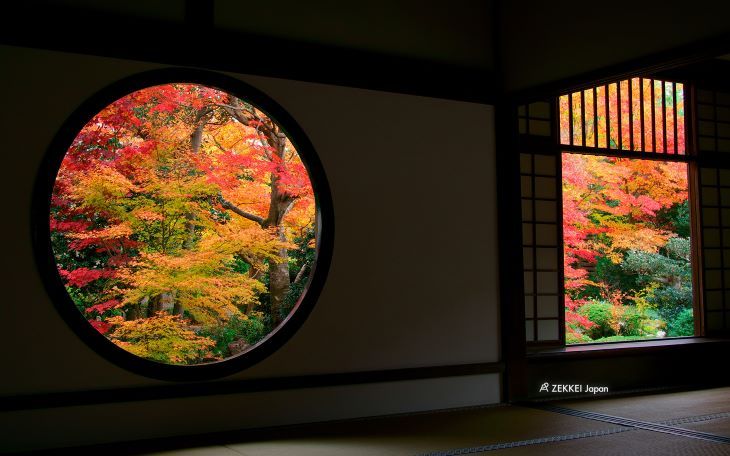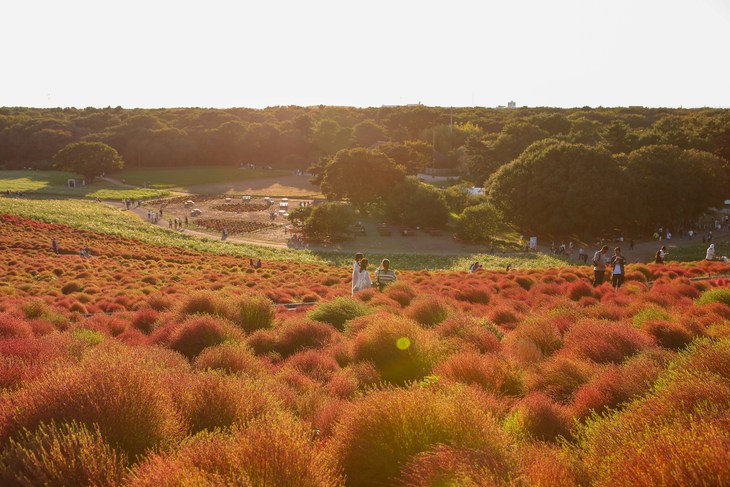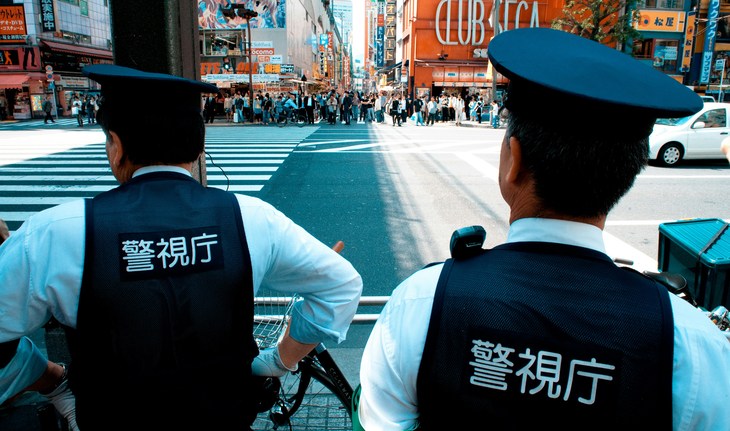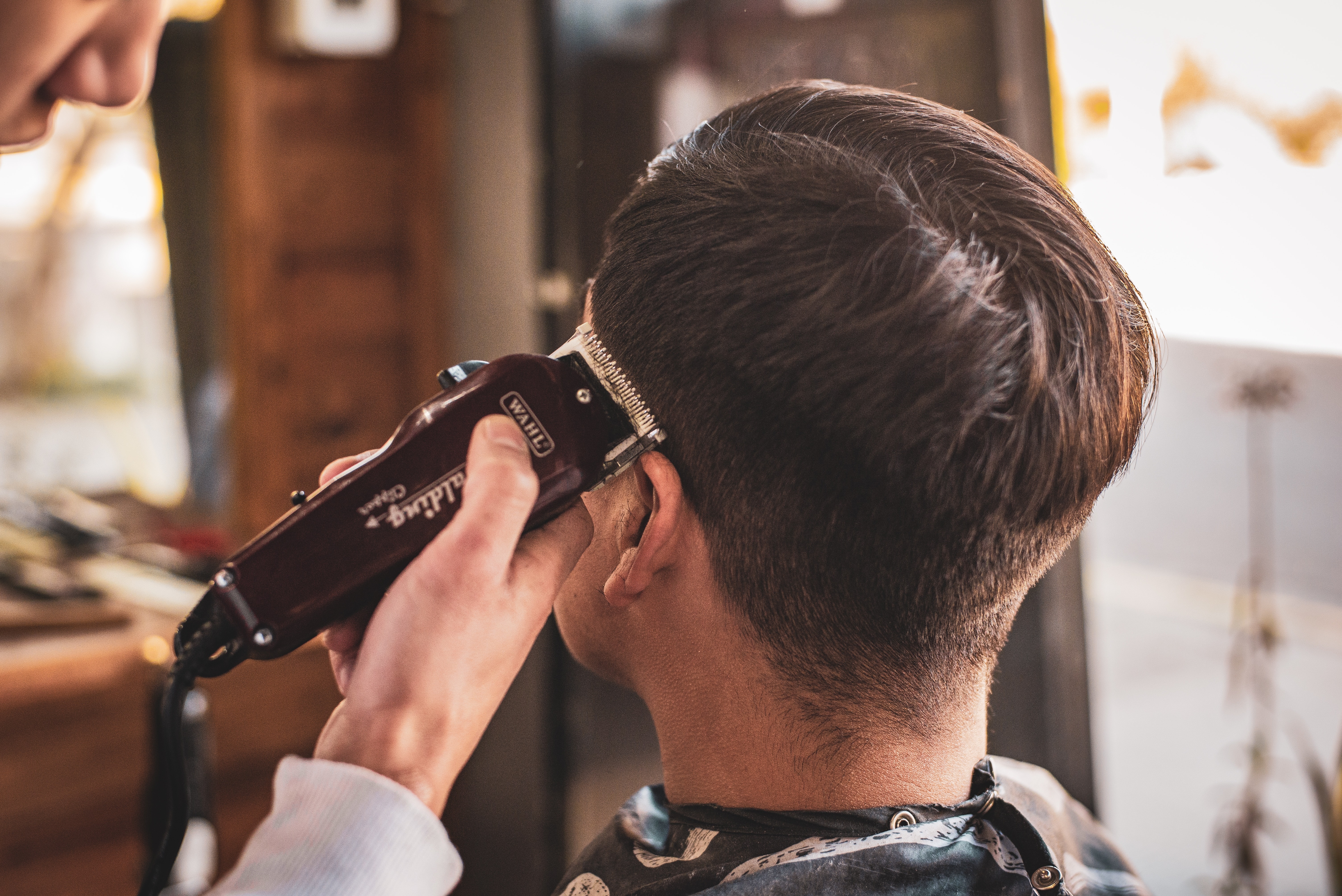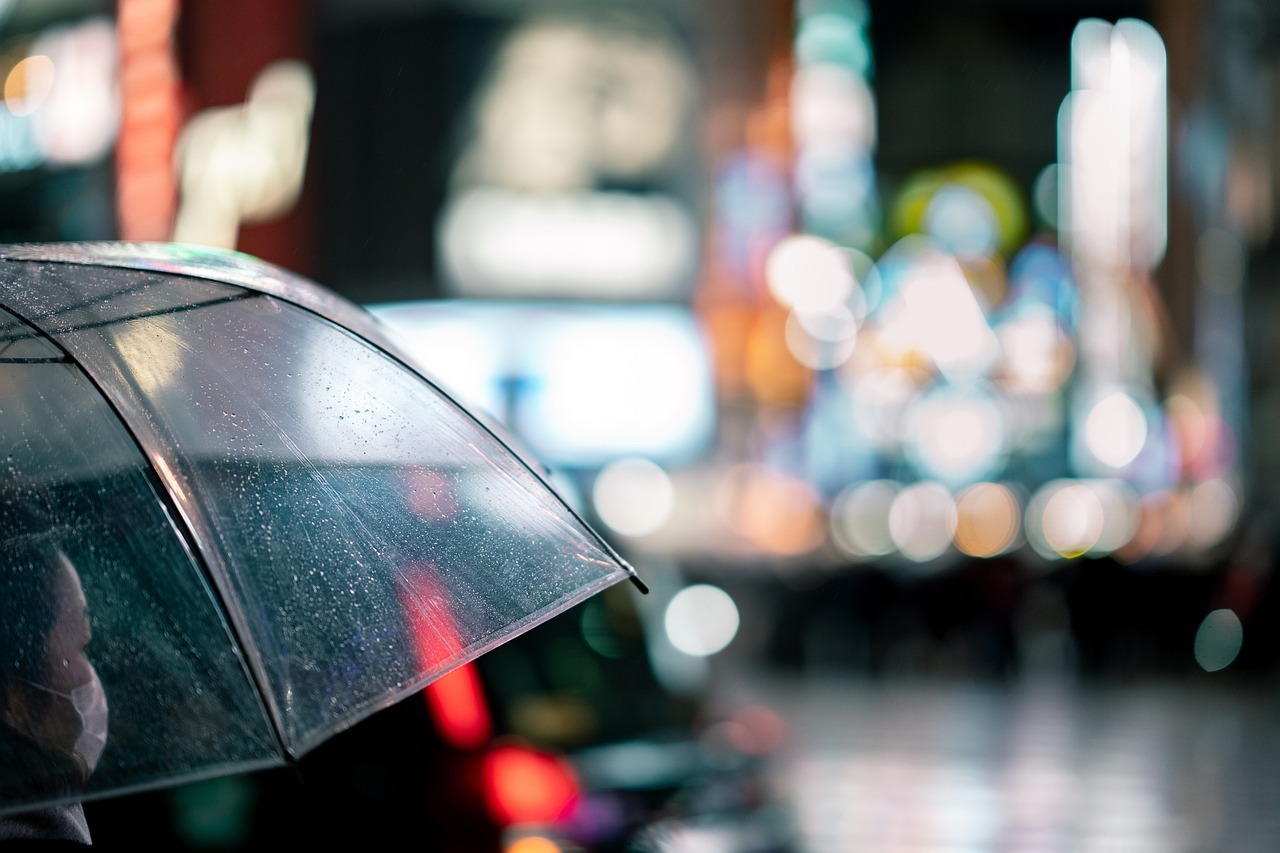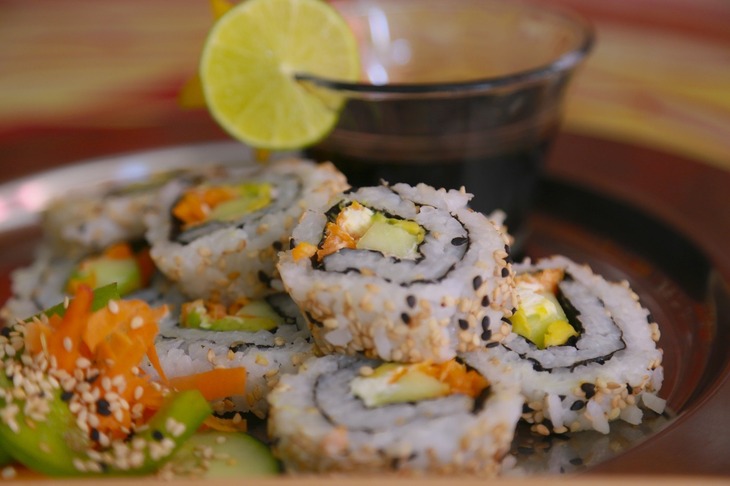9 Japanese New Year's Traditions
New Year's, or Shogatsu in Japanese, is the most important holiday of the year in Japan. In your home country celebrating New Year's might involve watching the ball drop in New York City at midnight, heading to the beach, drinking champagne, or partying all night with friends, but in Japan New Year's is celebrated by returning to one's hometown, spending time with family and close friends, holding New Year's events, and eating traditional Japanese New Year food.
Today, let's take a look at what New Year's in Japan celebrates and some of the most common New Year's traditions so that if you find yourself in Japan over the New Year you can have a deeper understanding of why this holiday is so important to Japanese people.
The Origins of Japan's New Year's Traditions
Originally, New Year's in Japan was a holiday dedicated to welcoming the god Toshigami to one's home to bring prosperity to the family in the coming year. While many people do not actively think about how they are inviting this god to their home over the New Year's holiday, many of the customs and traditions observed by most Japanese people on New Year's stem from this traditional event.
Because of the nature of how Japanese people traditionally celebrate this holiday, with different events taking place on different days, not every custom is observed only on December 31st. As a result, December 31st-January 3rd is generally referred to as New Year's, and most businesses shut down during this period.
As a result, if you are in Japan over New Year's, you'll notice that most cities are much quieter than usual since most people are back home with their families.
Japanese New Year's Customs
Japan has tons of interesting and unique New Year's customs that families take part in every year. Here are some of those customs.
・Year-End Cleaning
It's a tradition in Japan to do a deep cleaning of one's home before January 1st. People will clean their homes, taking special care to clean the Buddhist altars in their homes if they have one. People will also visit their family graves and take time to clean them at the end of the year. Traditionally this was to prepare for the coming of Toshigami. Now, people clean before New Year's so that from January 1st to 3rd they can relax and not have to deal with housework, while also following the old tradition that no cleaning be done during these three days.
・Eating Soba on New Year's Eve
Families will usually eat soba (buckwheat) noodles on New Year's Eve. The traditional belief is that eating soba will bring health and longevity to the family. The soba noodles are usually topped with green onions, which represent a prayer for all the hard work done in the last year and happiness in the New Year.
・New Year Decorations
In Japan, people will decorate their homes with New Year's Shimekazari (decorations). These decorations include the Kadomatsu ("gate pine") which is a traditional New Year's ornament placed in pairs in front of homes to welcome ancestral spirits; and the Shime Kazari, an ornament made from straw rope decorated with a small fan, small Daidai berries and Yuzuriha trees leaves which is often hung on front doors to ward off misfortune.
People usually put up their decorations right after Christmas, between the 26th and the 28th.
・Kagami-mochi
Kagami-mochi is one of the most important New Year's decorations. It is made up of two stacked round rice cakes (mochi), the bottom one larger than the top one, with an orange fruit called the daidai placed on top. It can be bought at most supermarkets in December and will usually be displayed prominently in the home to summon Toshigami.
Some families will break open the Kagami-mochi on January 11th, which is known as Kagami Biraki. The mochi will then usually be eaten, often in a special Japanese New Year's soup called ozoni.
・Hatsumode
Hatsumode is the first visit to a shrine or temple of the year and is one of the most popular New Year's traditions in Japan. People will visit shrines or temples to pray for good luck for the new year. People will often bring old good luck charms from the previous year back to the shrine or temple and buy new ones for the new year.
While the first shrine visit doesn't necessarily have to take place on January 1st (and indeed many people will go on later days within the first couple of weeks of January), midnight on New Year's is an especially fun time to go to a shrine because large temple bells will be rung right at the turn of the new year.
Major shrines and temples will be extremely busy because of Hatsumode, with some famous shrines or temples in cities like Tokyo or Kyoto attracting millions of visitors. Hatsumode is one tradition in particular that is easy to take part in if you're a tourist visiting Japan around New Year's, but be ready for huge crowds depending on where you go.
・Sending New Year's Cards
Traditionally it is common in Japan to send New Year's cards to show appreciation to people for the previous year and to maintain good relationships with those people. For people who take this tradition seriously, this sometimes means sending dozens of cards to family, friends, coworkers, business partners, and so on, with some people sending cards to people they almost never interact with all year.
In recent years the number of New Year's cards being sent has decreased, and young people especially don't usually take part in sending physical cards. Many people have started using social media like LINE to send New Year's greetings to friends and family instead.
・Watching the first Sunrise of the Year
Since traditionally the first sunrise was said to be when Toshigami descended from the heavens, the custom of watching the first sunrise of the year became quite popular. While most people these days are not waiting for a god to descend, watching the first sunrise of the year is still very popular. Many people choose to combine Hatsumode and watching the first sunrise together if possible by going to shrines or temples that offer excellent views of the sunrise, but beaches and mountains are also popular spots to watch the first sunrise.
・Eating Osechi
Osechi is the word for traditional Japanese New Year's food. Osechi is usually presented in a bento (lunch box) and features many different traditional foods that each have their own meaning. While traditionally families would cook and prepare their own osechi, these days many people choose to buy pre-prepared osechi to save a lot of time.
・Lucky Bags
Lucky bags, or fukubukuro in Japanese, are a New Year's tradition for those who like sales and limited-time items. They essentially act as the first sales of the year. Traditionally, stores would offer lucky bags filled with products at a discounted price, and you wouldn't know what would be in the bag. You might get something great for a great price, or you might get something not-so-great. That's why they're called "Lucky Bags."
Recently however, buying lucky bags with revealed contents is becoming more popular, and so this can be a chance for people to get items from their favorite stores for discounts ranging from 40% to 70%.
While you might imagine this would be a good time to go to electronic stores, anime goods shops, and so on, even fast food chains like McDonald's and Starbucks have their own lucky bags which often have exclusive items inside. Especially with popular stores like Starbucks, you have to join a lottery to win the opportunity to buy its lucky bag.
Lucky bags can now be reserved on websites of individual stores, department stores, and even online retailers like Amazon and Rakuten. They become available to buy in-store when stores reopen after the New Year's holiday.
Have a Safe and Happy New Year!
While New Year's is a family holiday in Japan and a quieter affair than in some other countries, there are still many traditions you could also take part in if you want to experience Japanese New Year's for yourself.
Whether you participate in Hatsumode at a famous shrine in Tokyo or pick up a lucky bag or two for yourself when you are out shopping, we hope you'll have a wonderful New Year's in Japan and start the coming year off on the right foot.














